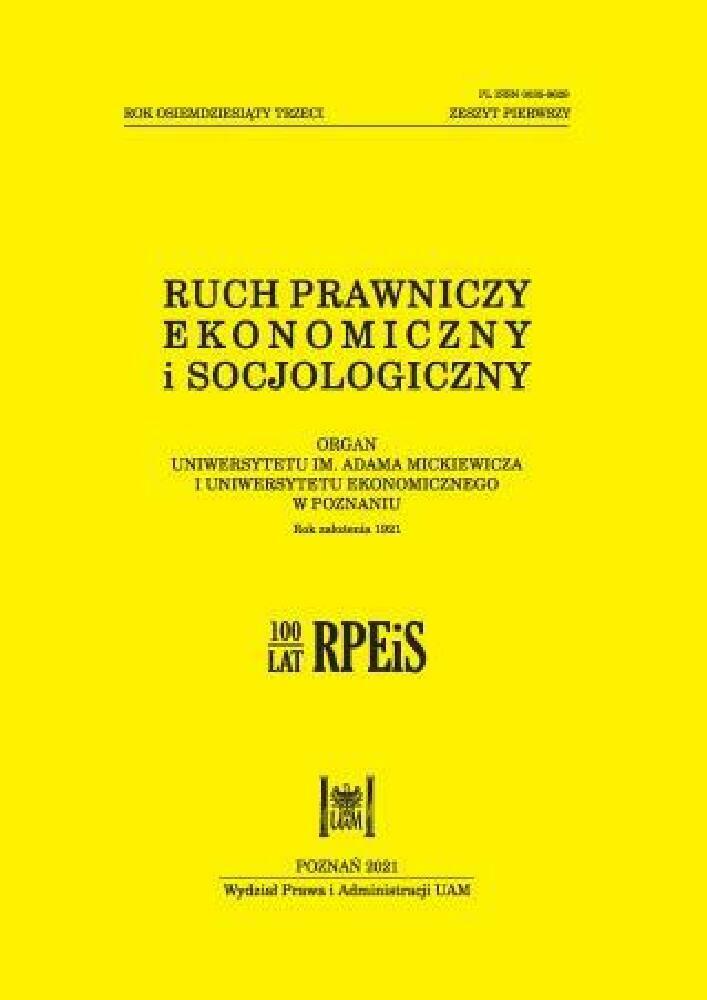Abstract
The mechanism of autonomous expenditure multipliers in modern economics is one of the most important issues. The reason for this is that it reveals how much GDP changes as a result of changes in autonomous expenditure. In this context, the main purpose of the work is to attempt to verify the method of estimating fiscal, investment and export multipliers. In addition, the author attempted to estimate the autonomous expenditure multipliers for the Polish economy in the period 2005–2020. To achieve the goal, the author uses a classic methodology based on the theory of total demand. In addition, the basic assumptions of the Keynesian economic model were adopted. The main inspiration for this work is the frequent claim that it is difficult to estimate the levels of import intensity in accordance with the adopted concept of total demand. That is why the author attempted to present a new concept of import distribution. This allowed the calculation of autonomous expenditure multipliers in the short term. Based on the described method, the author made detailed estimates of fiscal, investment and export multipliers for Poland in the analysed period.
References
Abdi, H. (2010). Coefficient of variation. Encyclopedia of Research Design 1: 169–171.
Akerlof, G.A., Yellen, J.L. (1097). Rational models of irrational behavior. The American Economic Review 77(2): 137–42.
Andrade, E., Mattos, F., Souza Lima, R.A. de (2018). New insights on hedge ratios in the presence of stochastic transaction costs. Risks 6(4): 118. doi:10.3390/risks6040118
Czyżewski, A., Kryszak, L. (2016). Współzależności międzygałęziowe w sektorze rolnym w świetle modelu input-output a poziom finansowego wsparcia rolnictwa w wybranych krajach. Problemy Rolnictwa Światowego 16(2): 55–65.
Fischer, P. (2011). Selective exposure, decision uncertainty, and cognitive economy: a new theoretical perspective on confirmatory information search. Social and Personality Psychology Compass 5(10): 751–762.
Ko, Ch.-Ch., Lin, T.T., Zeng, F.-M., Liu, Ch.-Y. (2018). Optimum technology product life cycle technology innovation investment-using compound binomial options. Risks 6(3): 98. doi:10.3390/risks6030098
Łaski, K. (2019). Lectures in Macroeconomics: A Capitalist Economy Without Unemployment.
Łaski, K., Osiatyński, J., Zięba, J. (2010a). Czynniki wzrostu PKB w Polsce i w Czechach w 2009 r. Ekonomista 6: 805–830.
Łaski, K., Osiatyński, J., Zięba, J. (2010b). The government expenditure multiplier and its estimates for Poland in 2006−2009. Working Paper of Vienna Institute for International Economic Studies 63: 1−14.
Łaski, K., Osiatyński, J., Zięba, J. (2010c). Mnożnik wydatków państwowych i szacunki jego wielkości dla Polski. Narodowy Bank Polski. Departament Edukacji i Wydawnictw.
Łaski, K., Osiatyński, J., Zięba, J. (2012). Fiscal multipliers and factors of growth in Poland and the Czech Republic in 2009. National Bank of Poland Working Paper 117: 1−26.
Palley, Th.I. (2009). Imports and the income-expenditure model: implications for fiscal policy and recession fighting. Journal of Post Keynesian Economics 32(2): 311–322.
Przybyliński, M. (2012). Metody i tablice przepływów międzygałęziowych w analizach handlu zagranicznego Polski. Łódź.
Rueda-Cantuche, J.M., Amores, A.M., Beutel, J., Remond-Tiederez, I. (2017). Assessment of European use tables at basic prices and valuation matrices in the absence of official data. Economic Systems Research 30(2): 252−270.
Schultz, Ch. (2002). Policy biases with voters' uncertainty about the economy and the government. European Economic Review 46(3): 487–506.
License
Copyright (c) 2021 WPiA UAM

This work is licensed under a Creative Commons Attribution-NonCommercial-NoDerivatives 4.0 International License.





